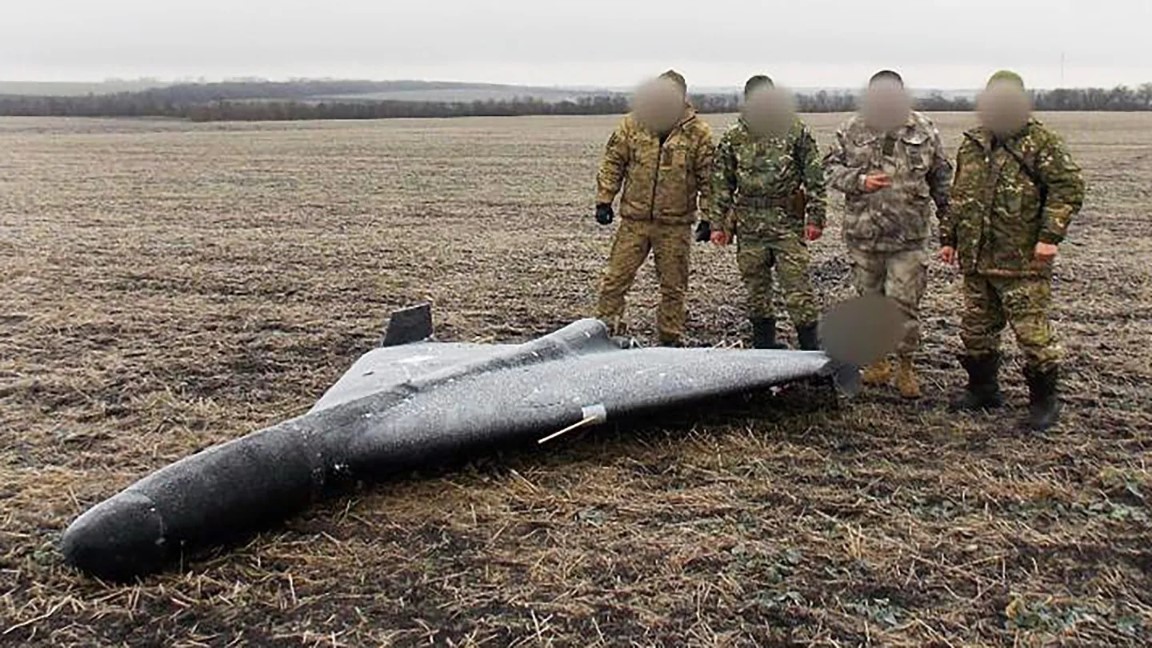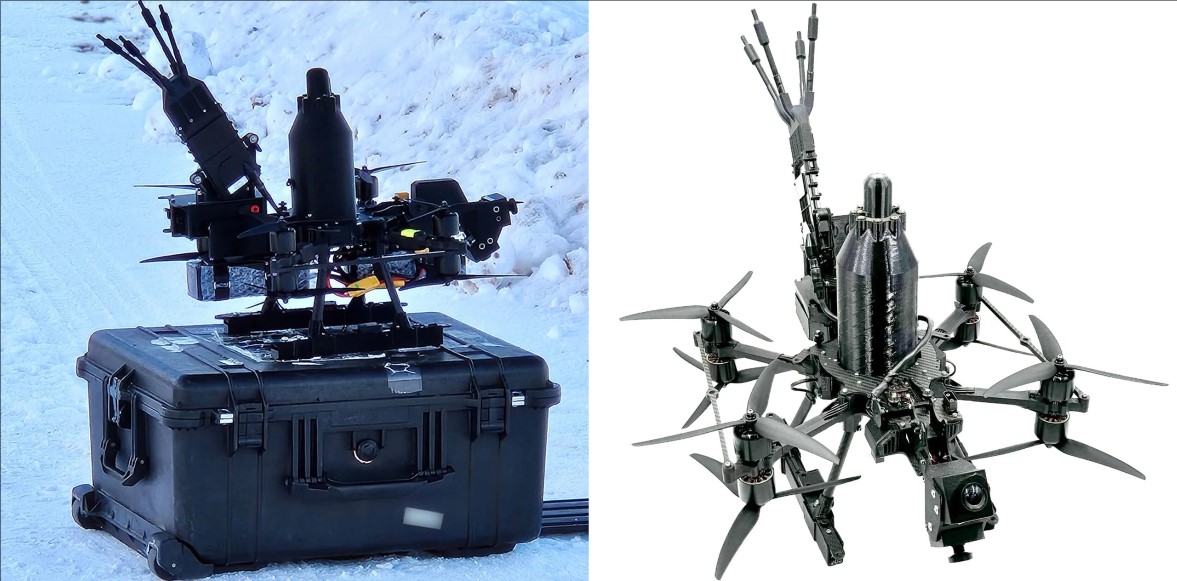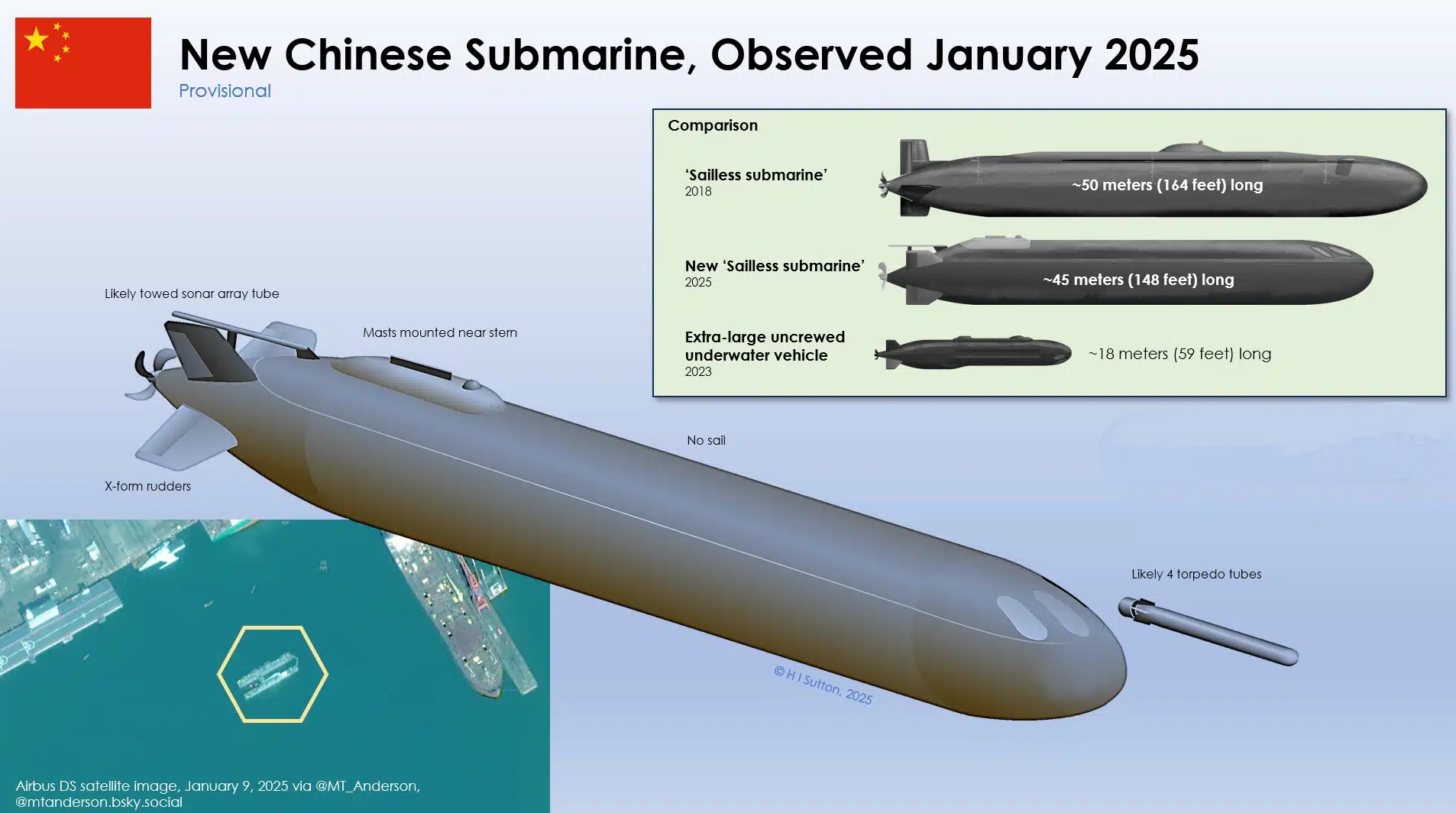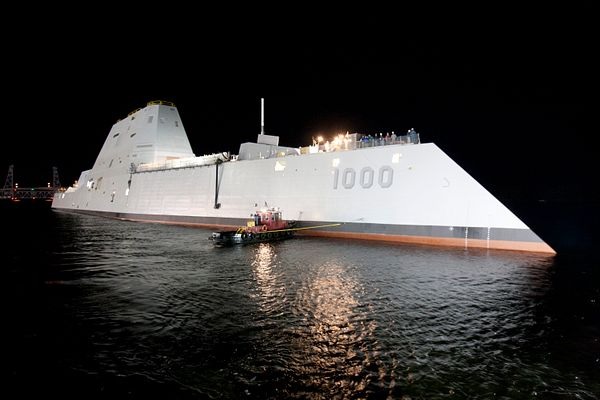Russia’s Mass-Produced Shahed Drones Show Declining Quality Amid Component Shortages

Ukrainian military analysts have observed a marked decline in the quality of Russian drones, particularly the Iranian-designed Shahed models, used in ongoing attacks against Ukraine. While Russia has ramped up mass production of these drones to sustain its aerial campaign, the compromises in design and components have become increasingly evident.
The Shift in Russian Drone Manufacturing
According to Andriy Kulchytsky, head of a military research laboratory at the Kyiv Scientific Research Institute of Forensic Expertise, Russia has managed to domestically produce Shahed drones in large volumes. However, the drive for mass production and cost efficiency has led to noticeable downgrades in quality.
Kulchytsky revealed that earlier versions of Shahed drones were equipped with high-quality, foreign-manufactured components, such as Japanese bearings and precision-built servo drive rods. These parts were essential for their performance and reliability. In contrast, newer iterations feature simplified components, including basic bearings and direct rod assemblies, indicating a scarcity of high-end materials.
“The Russians have adapted these drones to their needs, but due to a lack of components and efforts to reduce costs, their quality has declined,” Kulchytsky explained.
Evidence from Recovered Drones
Detailed examinations of drones recovered from attacks on Ukrainian soil have provided tangible evidence of the declining quality. For instance, Kulchytsky pointed to an engine from a Shahed drone that struck a residential building in Kyiv.
“This drone engine lacks essential features like a flywheel and starter,” he noted. “Instead, there are rough cuts and bolts, reflecting a shift toward manual launches and mass deployment. These drones are built for sheer numbers rather than high performance. If they fly, they fly.”
The Effectiveness of International Sanctions
The simplifications in Russian drone design underscore the impact of international sanctions and restrictions aimed at cutting off Russia’s access to advanced components. Ukrainian experts have been meticulously analyzing recovered drones and sharing their findings with international allies, further tightening the noose on Russia’s supply chains.
“We see results from this effort,” Kulchytsky stated. “The lack of bearings and other critical parts highlights how sanctions are limiting Russia’s access to high-tech components.”
A Shift in Strategy
Despite their declining quality, Shahed drones remain a persistent challenge for Ukraine’s air defenses. Russia’s strategy has shifted toward using large quantities of these drones in saturation attacks, aiming to overwhelm defensive systems rather than relying on precision strikes.
While these mass-produced drones are less efficient individually, their sheer volume continues to strain Ukrainian resources. This tactical shift reflects Russia’s acknowledgment of its limitations and its reliance on quantity over quality to sustain its offensive operations.
Conclusion
The declining quality of Russian Shahed drones highlights the dual-edged nature of mass production. While it enables Russia to field a larger arsenal, it also exposes the vulnerabilities created by international sanctions and supply chain disruptions. For Ukraine, this presents a complex challenge: combating a flood of drones built for volume rather than sophistication, while leveraging international partnerships to further undermine Russia’s manufacturing capabilities.



